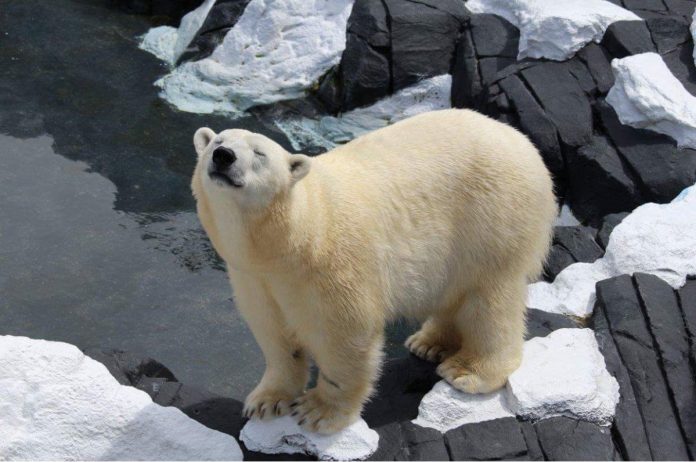
SeaWorld San Diego released the following statement Tuesday:
SeaWorld San Diego is very saddened by the passing today of Szenja, a 21-year-old female polar bear. Szenja (pronounced SIN-jah) had been part of the SeaWorld family for nearly 20 years. Born at the Wuppertal Zoo in Germany in October 1995, Szenja came to SeaWorld when the park opened the Wild Arctic exhibit in 1997. A necropsy will be performed on Szenja to help determine the cause of death. It will be several weeks before all the results of the necropsy are received. Over the last week, Szenja’s caregivers and veterinary staff noticed a loss of appetite and energy, and had been monitoring her condition, however, her passing was unexpected.
“Szenja was a beloved member of our animal family, so this is a very difficult day for all of us,” said Al Garver, SeaWorld San Diego’s vice president of zoological operations. “Szenja not only touched the hearts of those who have cared for her over the last two decades, but also the millions of guests who had the chance to see her in person. We’re proud to have been a part of her life and to know that she inspired people from around the world to want to protect polar bears in the wild.”
As an ambassador for arctic animals, Szenja not only enhanced the awareness of polar bears for the nearly 50 million guests that have visited Wild Arctic, she also provided great knowledge and insight through her participation in various research studies related to polar bear hearing sensitivity, social habits, reproductive hormones and seasonal behavior patterns. Many of these studies provided critical baseline data that has significantly helped scientists with field studies of polar bears in the wild. Szenja will be greatly missed not only by the zoological staff at Wild Arctic, but by all SeaWorld team members.
According to Polar Bears International, polar bears live between 15-18 years in the wild. Some can live 20 to 30 years, but only a small percentage lives past 15 to 18 years. Conservation groups and scientists see many threats to the wild population of polar bears, including climate change, poaching, pollution and a rapid loss of sea ice. Zoos across the world who care for polar bears give millions of visitors the opportunity to gain insight into the plight of the polar bear, inspiring efforts and the interest in saving them. In January, the SeaWorld & Busch Gardens Conservation Fund awarded $15,000 to Polar Bears International to support research to collect baseline information for long-term population monitoring.

